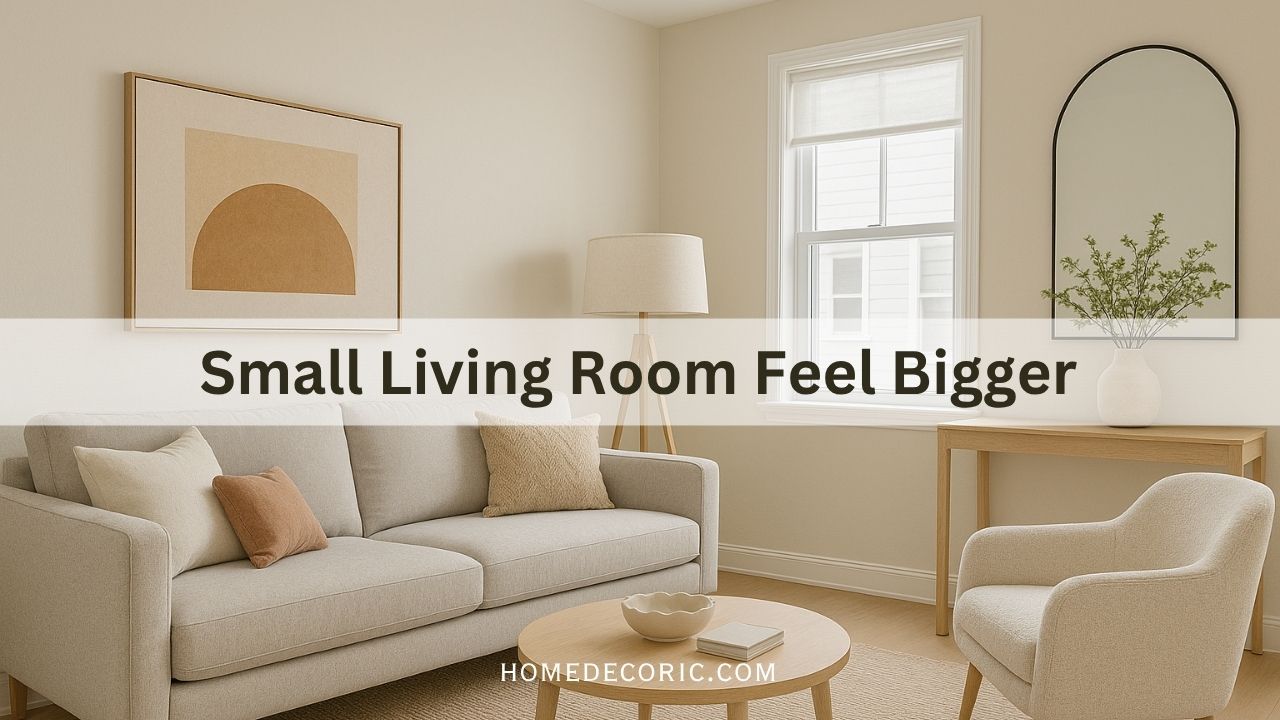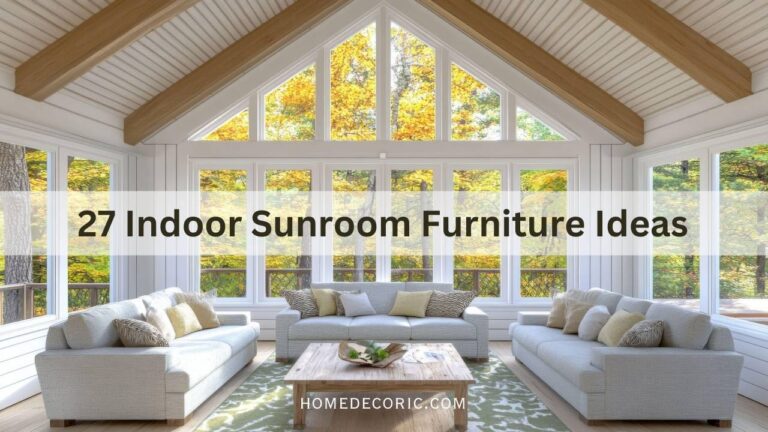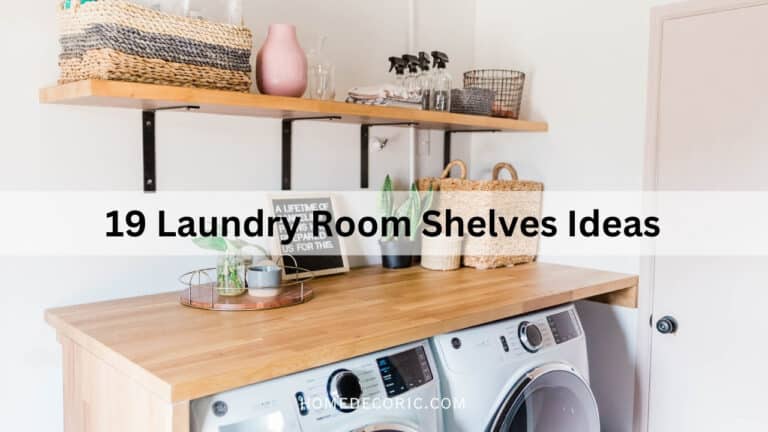How Can I Make a Small Living Room Feel Larger Without Buying Big Furniture?
When I first started exploring ways to redesign compact living rooms, I realized that most online solutions involved buying expensive modular furniture or knocking down walls, which was practical for most homeowners.
Through my research, experimentation, and hands-on observation, I discovered that making a small living room feel larger has less to do with money or furniture size and more with light, layout, and visual balance.
This article combines those fundamental, tested ideas with simple adjustments that work in real homes, not just glossy magazine shoots.
Whether you live in an apartment, a studio, or a cozy family home, these techniques can transform your space into one that feels open, elegant, and effortless.
How To Make a Small Living Room Feel Bigger?
Want to know how to make a small living room feel bigger? Here are unique, expert-approved tips that maximize light, layout, and style, creating a spacious look without adding square footage.
1. Use Light and Neutral Colors
Color sets the tone for how we perceive space. Light and neutral shades reflect more light, visually pushing the walls outward and creating a sense of openness.
Shades like ivory, cream, soft gray, pale blue, or muted beige are timeless choices that instantly make a room feel larger and calmer.
If you prefer color, consider cool tones like sage green or misty blue, which visually recede, unlike darker warm tones that close in the space.
Designer’s trick:
Paint your ceiling in a lighter shade of the wall color (for example, light gray walls with a white ceiling). This subtle contrast draws the eye upward, making ceilings appear higher.
A semi-gloss or satin finish helps bounce natural and artificial light, adding a gentle glow to the room.
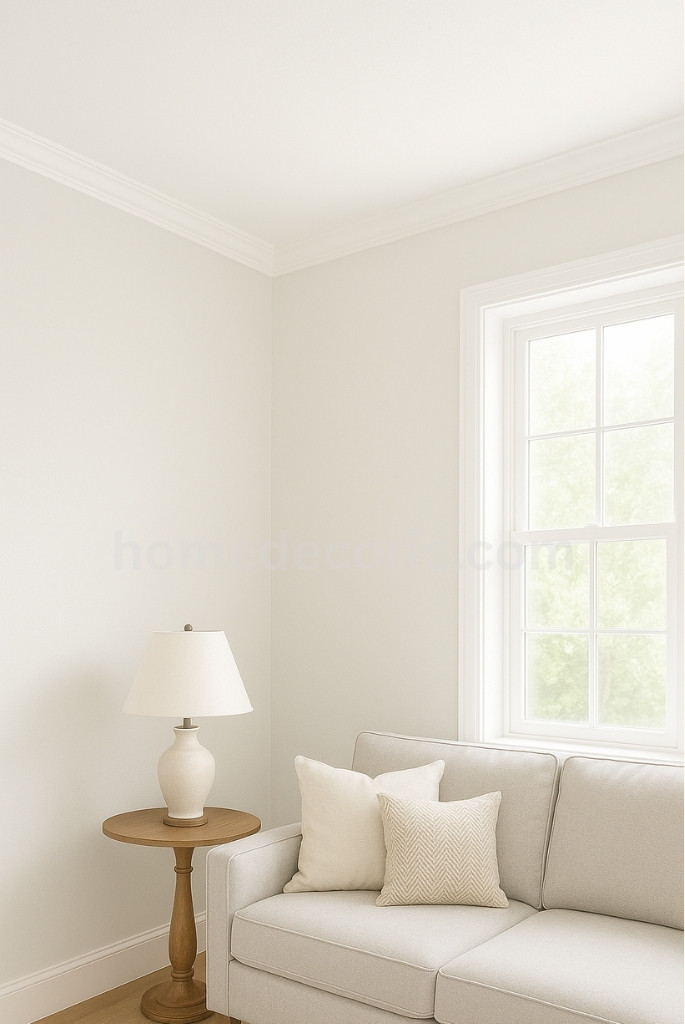
2. Let in Natural Light
Natural light is the best illusionist in interior design. It brightens, softens edges, and creates a seamless flow between indoor and outdoor spaces.
Avoid blocking windows with heavy curtains or dark blinds. Instead, use sheer fabrics, roller blinds, or light linen drapes that allow sunlight to filter through. When light enters freely, it visually stretches the space.
Pro tip:
Install curtain rods a few inches above the window frame and extend them beyond the width. This makes windows look larger and allows curtains to fully open without blocking daylight.
If your room lacks windows, use LED daylight bulbs or wall-mounted sconces that mimic natural light tones.
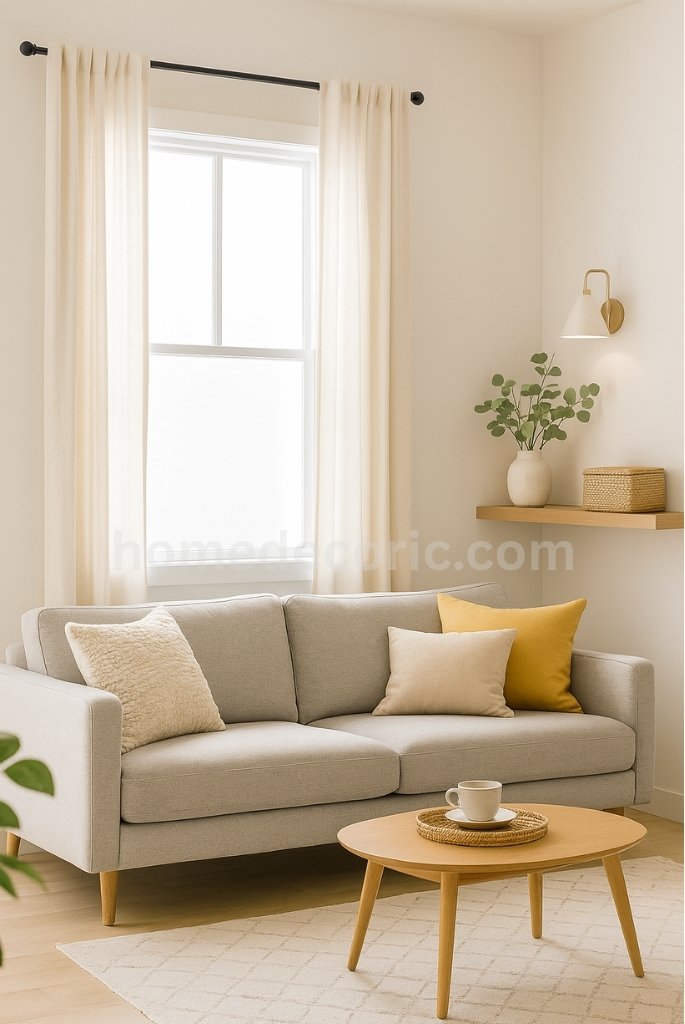
3. Keep Furniture Slim and Leggy
Bulky furniture may look cozy in a large room, but it overwhelms a small one. Instead, opt for streamlined, legged furniture that exposes more of the floor, giving an illusion of airiness.
For instance:
- Choose sofas with tapered wooden legs or slim metal frames.
- Use open coffee tables or glass tops instead of solid wooden blocks.
- Replace oversized sectionals with loveseats or armless chairs.
The idea is to let light flow under and around furniture pieces. This visual continuity makes your space appear more open and breathable.
4. Use Mirrors Strategically
A well-placed mirror can make a room look twice as big. Mirrors bounce light, extend sightlines, and give the illusion of extra depth.
The most effective placement is opposite a window or behind a light source. This doubles the amount of visible light in the room.
For aesthetic flair, use mirrors creatively:
- A large wall mirror framed in light wood for a Scandinavian look.
- A cluster of small, round mirrors for an artistic statement.
- A mirrored console or wall art to add subtle reflection without dominating the design.
Choose full-length vertical mirrors; they add both height and brightness.
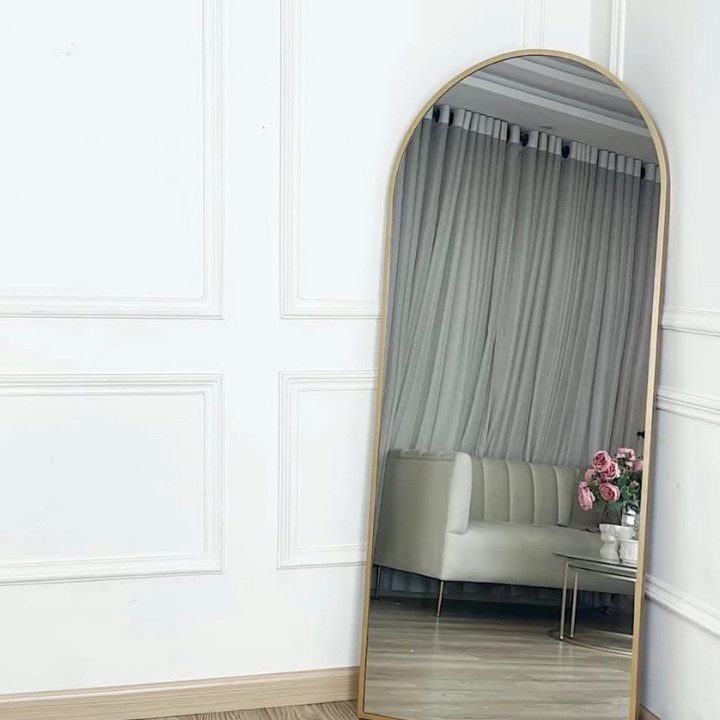 credit: tazeen.o.araish
credit: tazeen.o.araish
5. Declutter and Simplify
Even the most beautifully designed small living room can feel suffocating if cluttered. Clutter breaks visual lines and makes the brain perceive less space.
Start with a minimalist mindset:
- Keep only essential furniture and décor items.
- Store books, remotes, and cables in baskets or hidden compartments.
- Use floating shelves instead of bulky cabinets.
Opt for multi-functional furniture like a storage ottoman or nesting side tables for multiple purposes.
Tip: Every room item should serve a function or bring you joy. Less truly is more when it comes to visual spaciousness.
6. Add Vertical Lines
When horizontal space is limited, draw attention upward. Vertical design elements elongate the perception of height and make walls seem taller.
Here are a few vertical design tricks:
- Hang floor-to-ceiling curtains in light fabrics.
- Use tall plants, bookshelves, or vertical wall art.
- Paint vertical stripes on an accent wall to add dynamic height.
You can also install floating shelves at staggered heights for visual rhythm; it keeps the walls engaging while emphasizing vertical space.
7. Choose a Light Rug and Smart Layout
A rug can define zones, anchor furniture, and influence a room’s spaciousness. A light-colored rug with a subtle pattern blends seamlessly into the floor, creating continuity.
Avoid small rugs that sit only under the coffee table; they visually shrink your space. Instead, choose a rug that extends beyond the sofa or chairs, tying everything together.
For layout:
- Keep pathways clear, avoid blocking walkways.
- Pull furniture slightly away from the walls to create a floating effect.
- Use corner furniture placement (like angled chairs) to open up central floor space.
This layout not only maximizes functionality but also adds a feeling of depth.
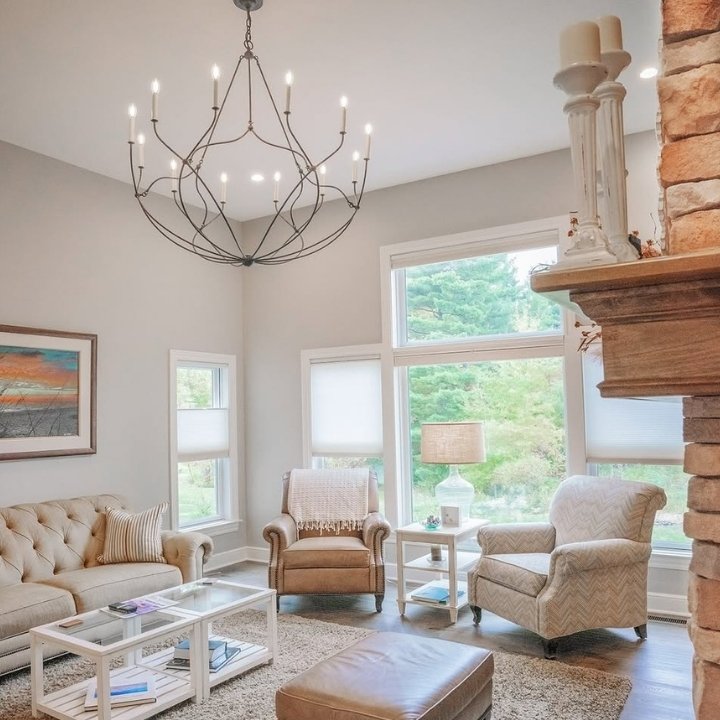 credit: masterplanbuilder
credit: masterplanbuilder
8. Play With Lighting Layers
Lighting can completely reshape the atmosphere of a small room. Instead of relying on a single ceiling fixture, layer your lighting to add warmth, depth, and texture.
A balanced lighting plan includes:
- Ambient lighting: General illumination from ceiling lights or recessed LEDs.
- Task lighting: Focused lights such as reading lamps or desk lights.
- Accent lighting: Decorative lights that highlight artwork, mirrors, or shelves.
Use warm white bulbs (around 2700K–3000K) to maintain a cozy tone. Consider dimmers for flexibility, adjusting brightness changes how your space feels from day to night.
9. Use Transparent and Reflective Surfaces
Transparency equals openness. Furniture made of glass, acrylic, or lucite allows light to pass through, reducing visual bulk.
For example:
- Replace a wooden coffee table with a clear acrylic table.
- Use metallic finishes (gold, brass, or chrome) on lamps or vases to reflect light.
- Add glossy surfaces like lacquered trays or mirror-backed shelves.
These reflective textures act like mini light amplifiers, dispersing brightness and giving a modern, uncluttered vibe.
10. Add Greenery for Life and Depth
Plants do more than decorate; they add texture, color, and a sense of freshness that enhances spaciousness.
Use vertical or hanging planters in a small living room to save floor space. Like a snake plant or parlor palm, a tall plant in a slim pot draws the eye upward.
Cluster small potted plants on floating shelves or window sills to bring the outdoors in. The leaves’ soft, organic shapes break visual rigidity and make your space feel alive and open.
Conclusion: Creating Spaciousness Is a Mindset, Not a Measurement
After months of experimenting with layouts, lighting, and colors in different homes, one thing became clear: a spacious living room isn’t defined by square footage but by flow.
Every small space I redesigned taught me something new: how light can change your mood, how decluttering can instantly breathe life into a room, and how a mirror placed just right can double your perceived space. It’s almost magical how minor visual decisions make a significant emotional impact.
What’s the one design trick you’ve personally tried that made your small space feel more open or cozy?
Share your experience, I’d love to hear what works for you.

